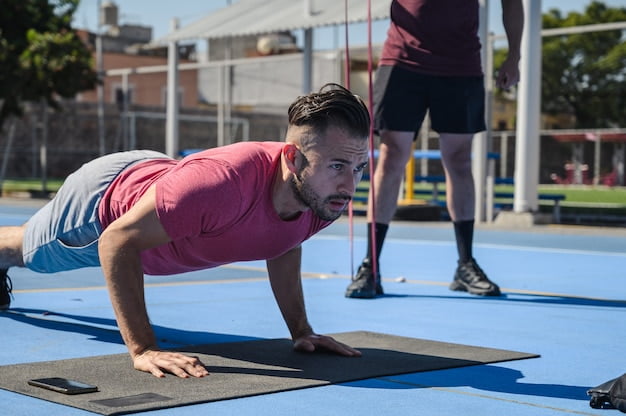Introduction
Bootcamp-style workouts have been gaining popularity in recent years as an effective way to burn calories, build strength, and improve overall fitness. But with any physical activity, it’s important to consider safety concerns, including weight limits. In this article, we’ll take a look at what weight limits typically apply to bootcamp-style workouts.
What is a Bootcamp-style Workout?
Bootcamp-style workouts are high-intensity group fitness classes that aim to provide a full-body workout in a short amount of time. These workouts are typically led by a trainer or instructor and can include a variety of activities, such as sprinting, jumping jacks, push-ups, and other bodyweight exercises.
Is There a Weight Limit for Bootcamp-style Workouts?
Generally speaking, there is no official weight limit for bootcamp-style workouts. However, heavier individuals may need to modify certain movements or avoid certain activities to prevent injury. Additionally, some studios or gyms may have weight limits on certain equipment, such as weight benches or resistance bands.
What Should You Consider Before Starting a Bootcamp-style Workout?
Before starting any new workout routine, it’s important to consider your individual fitness level and any limitations or health concerns you may have. If you are significantly overweight or have mobility issues, it may be best to start with lower-impact activities and gradually work your way up to more intense workouts.
How Can You Modify a Bootcamp-style Workout?
If you are a heavier individual, you may need to modify certain movements to prevent injury. For example, instead of doing jumping jacks, you could do a modified version where you step out to the side instead. Similarly, instead of doing push-ups on the floor, you could do them against a wall or elevated surface.
What Are Some Other Considerations for Bootcamp-style Workouts?
Equipment
Before starting a bootcamp-style workout, it’s important to ensure that you have proper equipment. This can include athletic shoes with good support, comfortable workout clothes, and any necessary accessories such as resistance bands or weights.
Hydration
During a bootcamp-style workout, it’s important to stay hydrated. This means drinking plenty of water before, during, and after your workout.
Diet
In addition to staying hydrated, it’s important to maintain a healthy diet to support your overall fitness goals. This means consuming plenty of lean protein, fruits and vegetables, and complex carbohydrates.
Conclusion
Overall, there are no official weight limits for bootcamp-style workouts. However, it’s important to consider your individual fitness level and any limitations you may have before starting a new workout routine. By modifying certain movements and taking other safety precautions, you can enjoy the benefits of a high-intensity workout without putting yourself at risk for injury.






